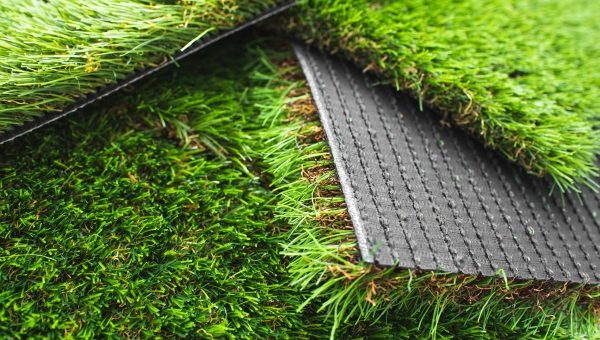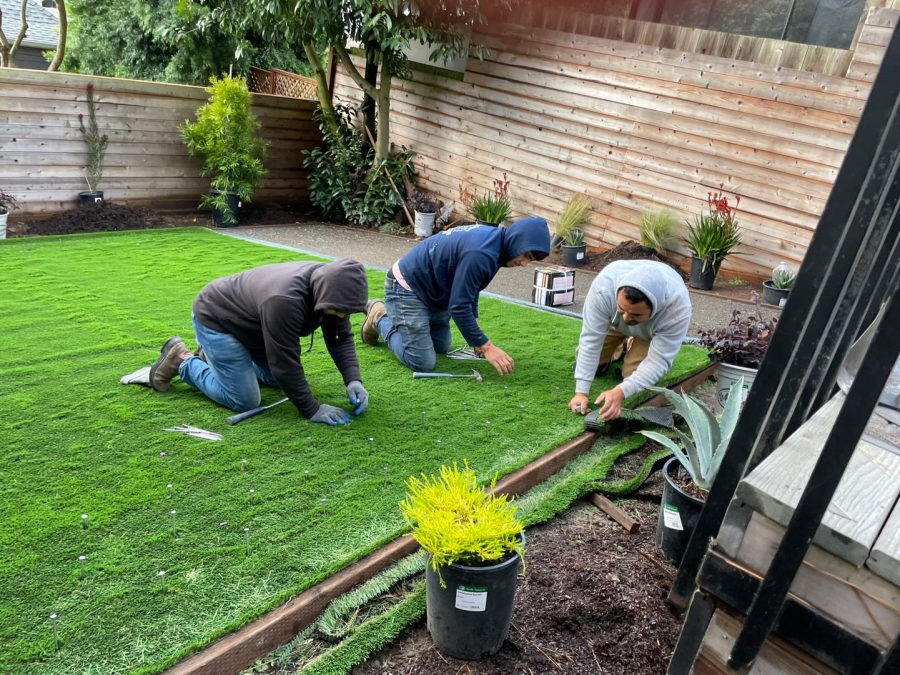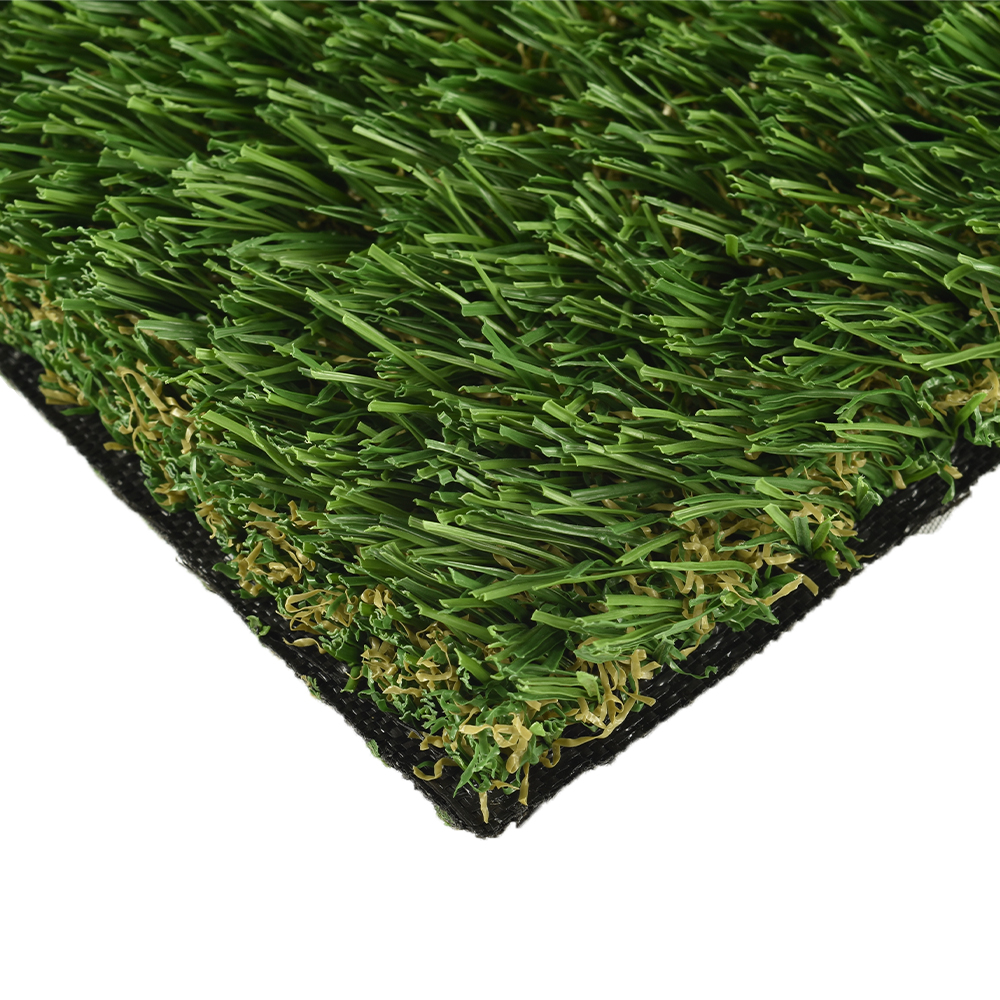Reputable Phoenix Turf Companies Delivering Superior Synthetic Grass Installation
Reputable Phoenix Turf Companies Delivering Superior Synthetic Grass Installation
Blog Article
Look Into the Environmental Perks of Opting for Artificial Turf Solutions
The fostering of synthetic grass services offers an engaging chance to deal with pressing ecological challenges. By dramatically minimizing water use and reducing the application of hazardous chemicals, these choices not just promote sustainable landscaping yet also protect local communities. The reduced carbon footprint associated with lowered upkeep tasks contributes to a more sustainable strategy to land monitoring. Nonetheless, the implications of these advantages prolong past mere preservation efforts, questioning about their long-lasting effect on environment preservation and overall ecological balance. Exploring these dimensions exposes a complex interplay worth taking into consideration.
Water Preservation Perks
Among one of the most substantial advantages of man-made turf is its capability to preserve water. Traditional lawn yards need considerable irrigation, particularly in locations vulnerable to drought or water constraints. On the other hand, synthetic grass does not need watering, dramatically lowering the overall need for water sources. This attribute is specifically helpful in deserts where water deficiency is a pushing concern.
By getting rid of the requirement for regular watering, synthetic grass contributes to sustainable landscape practices and aids mitigate the environmental impact of extreme water intake. Additionally, the preservation of water reaches the decrease of overflow, which can bring about dirt erosion and river air pollution.
In addition, the installation of synthetic grass allows towns and home owners to allot water resources much more successfully, concentrating on necessary usages such as alcohol consumption water and farming. The shift towards synthetic grass not only advertises accountable water use however likewise straightens with more comprehensive environmental goals intended at preserving natural deposits.
As communities increasingly prioritize sustainability, the water conservation advantages of synthetic grass offer an engaging situation for its adoption in residential and industrial landscaping jobs.
Lowered Chemical Use
The transition to artificial grass substantially decreases the dependence on chemical therapies typically used in all-natural turf upkeep. Typical lawn management usually involves the application of herbicides, fertilizers, and chemicals to advertise development and control parasites. These chemicals can posture dangers to human wellness, regional wild animals, and the setting, adding to soil and water contamination.
In comparison, man-made turf eliminates the requirement for these hazardous materials. By lessening the release of synthetic substances right into the ecological community, fabricated lawn advertises much healthier dirt and water systems.
In addition, the lack of chemical overflow associated with synthetic grass installations helps safeguard regional rivers from air pollution, supporting water life and maintaining biodiversity. Phoenix turf companies. As communities progressively prioritize lasting practices, going with fabricated turf presents a sensible remedy that straightens with ecological conservation goals. With this shift, homeowner can appreciate lavish environment-friendly spaces without compromising eco-friendly wellness, paving the way for a much more lasting future
Lower Carbon Impact

Furthermore, the installment of man-made grass can result in considerable water conservation. Natural lawns require considerable amounts of water for irrigation, which not just contributes to the carbon footprint related to water removal and therapy yet also strains neighborhood water resources. In contrast, fabricated lawn requires marginal upkeep, calling for no watering, therefore significantly lowering water usage and its associated energy prices.
Furthermore, the longevity of synthetic grass adds to its reduced carbon effect. With a life expectancy of up to 15 years or more, the need for constant substitutes is reduced, leading to much less waste and lower energy usage in production and throwing away typical turf alternatives. Overall, man-made turf provides a lasting choice for eco conscious landscape design.
Habitat Conservation
Habitat More hints conservation is an essential factor to consider in the discussion over landscaping options, specifically when contrasting synthetic grass to natural grass. Natural yard yards often need considerable upkeep, including the use of chemicals, herbicides, and fertilizers, which can adversely influence local ecological communities. These chemicals can seep into the dirt and waterways, damaging native flora and animals and interrupting local environments.
In contrast, synthetic turf provides an opportunity to decrease the environmental footprint of landscape design. By choosing artificial turf, house owners can minimize the disruption of all-natural habitats connected with standard lawn treatment methods. Synthetic grass removes the requirement for harmful chemicals, thereby safeguarding neighboring wildlife and maintaining the integrity of surrounding environments. The installment of fabricated turf can lead to the conversion of previous lawn locations into even more biodiverse landscapes, such as pollinator gardens or native plant areas, which can support neighborhood wild animals.
Ultimately, the shift to synthetic grass not only conserves water and minimizes maintenance initiatives however likewise promotes an extra harmonious partnership in between human tasks and the natural environment, promoting environment conservation in the process.
Long-Term Sustainability
Long-term sustainability is an essential element in examining the advantages of synthetic grass over standard yard lawns. One of one of the most considerable advantages of synthetic grass is its durability; it can last up to 15-20 years with marginal upkeep, whereas all-natural yard needs frequent reseeding and replacement. This long life minimizes the requirement for constant resources, such as water, plant foods, and chemicals, which are necessary for maintaining a healthy turf lawn.
Furthermore, synthetic grass adds to a reduction in carbon discharges connected with grass treatment equipment. Conventional grass commonly need gas-powered lawn mowers, trimmers, and blowers, every one of which contribute to air contamination. Arizona turf. In contrast, fabricated turf removes the need for such equipment, promoting a cleaner environment
Additionally, the production of synthetic grass increasingly makes use of recycled materials, why not check here enhancing its sustainability account. As manufacturers adopt environment-friendly methods, the ecological footprint of synthetic grass continues to diminish.

Conclusion
The adoption of synthetic grass solutions presents significant environmental advantages, including substantial water conservation, decreased reliance on hazardous chemicals, and a lower carbon footprint. Artificial lawn help in protecting natural habitats by reducing land disturbance and advertising long-lasting sustainability with the usage of long lasting products. Collectively, these elements emphasize the potential of synthetic grass to contribute positively to environmental health and wellness and provide a viable choice to traditional landscaping methods in a progressively resource-conscious globe.
In contrast, artificial turf does not need watering, dramatically reducing the general need for water resources. By decreasing the release of artificial compounds into the ecosystem, synthetic lawn promotes much healthier soil and water systems.
In addition, the installation of artificial lawn can result in significant water preservation. In contrast, fabricated lawn requires marginal maintenance, needing no watering, therefore dramatically decreasing water usage and its linked energy costs.

Report this page